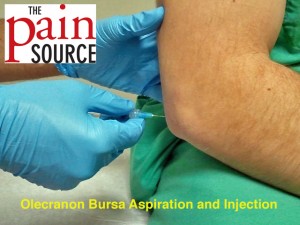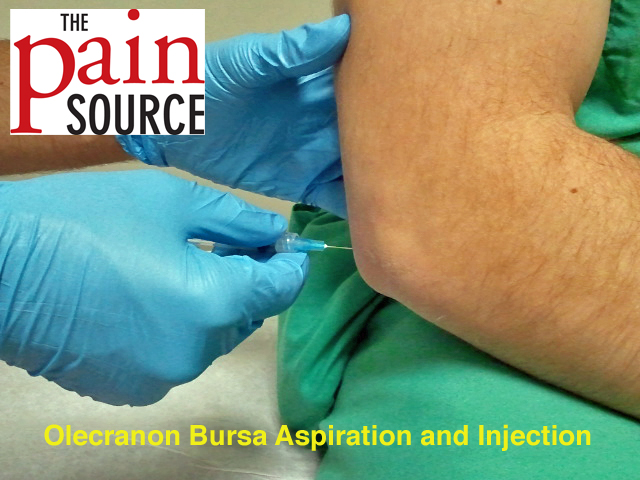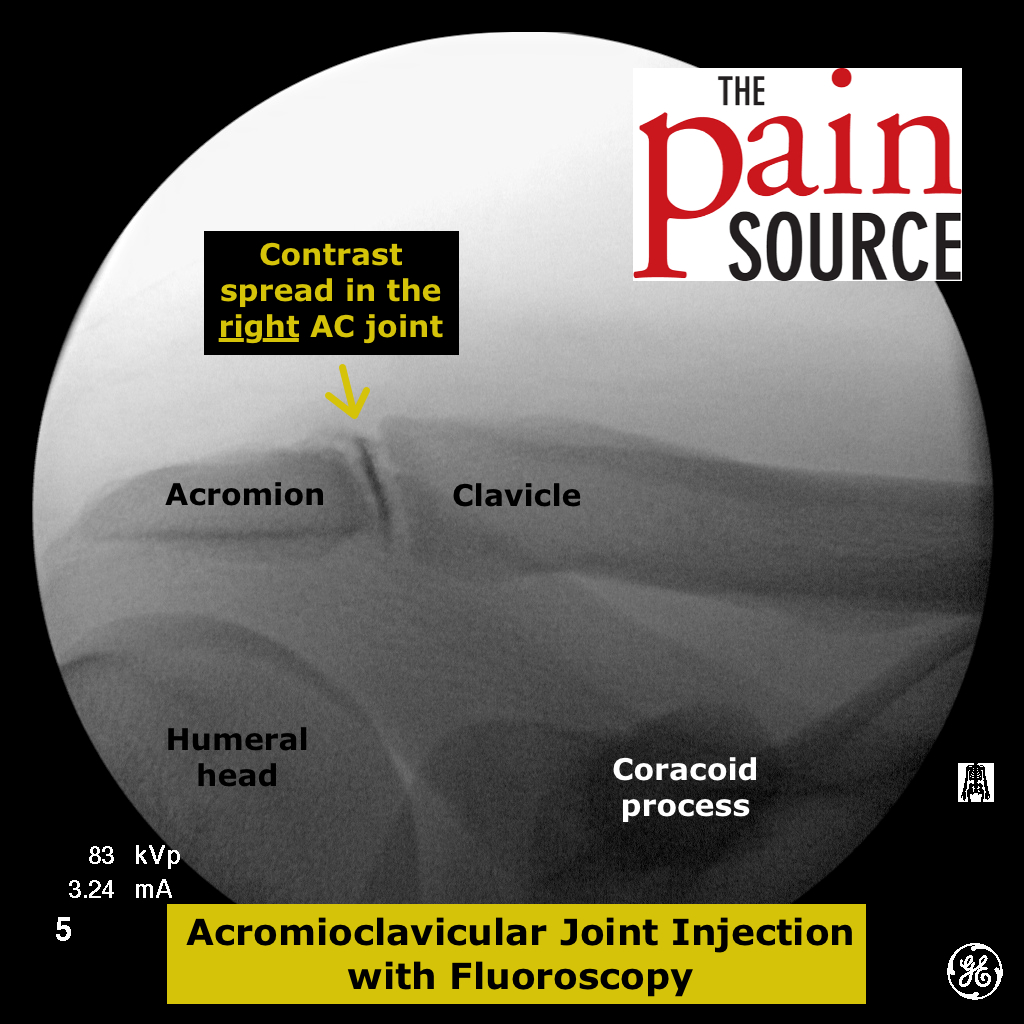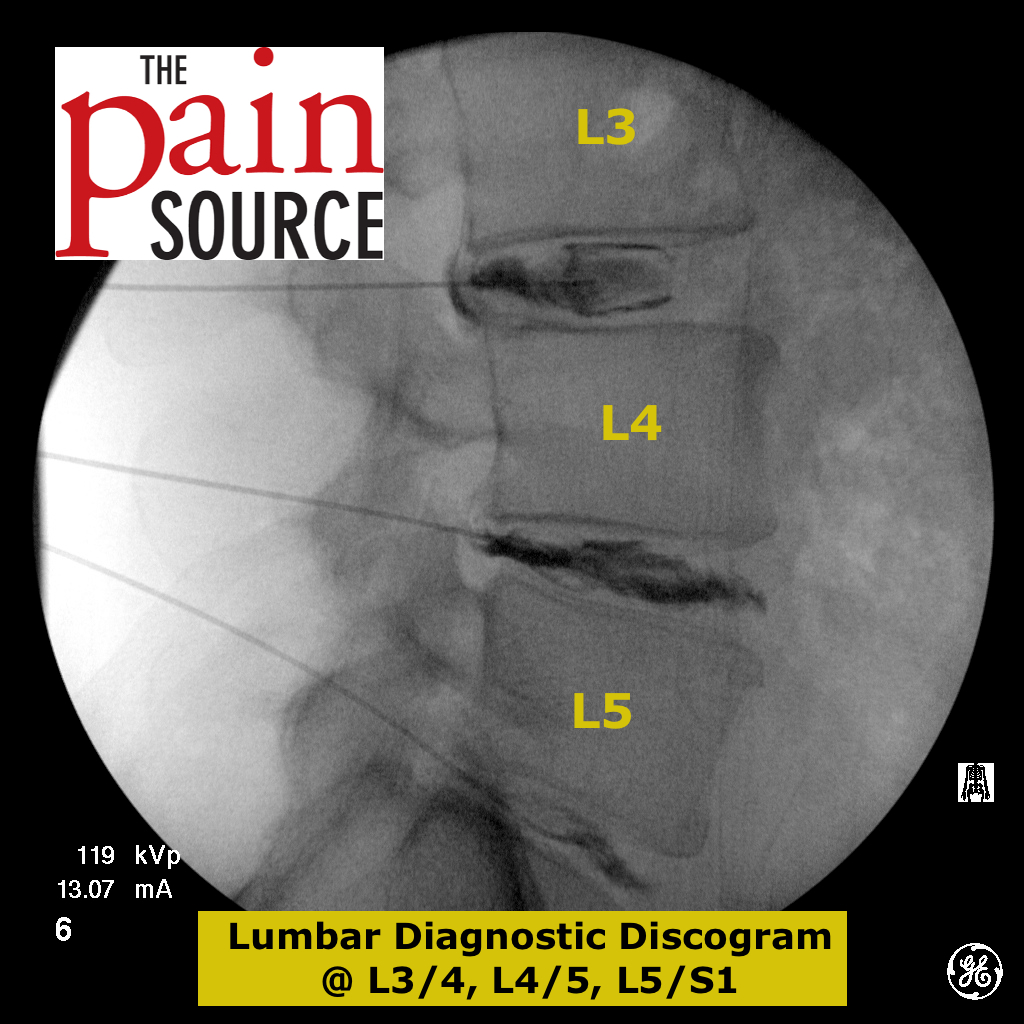aka “Elbow bursa aspiration/injection”

Indications
- Olecranon Bursitis
- ICD-9 code:
- 726.33 “olecranon bursitis”
- ICD-10 code:
- M70.21 “olecranon bursitis, right elbow”
- M70.22 “olecranon bursitis, left elbow”
- ICD-9 code:
CPT code: 20605 “Arthrocentesis, aspiration and/or injection; intermediate joint or bursa”
Materials Needed
- Gloves (non-sterile)
- Alcohol swabs (or betadine)
- Band-aid
- Numbing
- Ethyl chloride “numbing” spray
- 27-gauge 0.5″ tuberculin needle with syringe – for the skin wheal (if needed)
- Fill with 1-ml of 1% lidocaine
- Aspiration
- 20 or 18-gauge 1.5 inch needle with 3-ml syringe [for aspirating] — get a larger syringe if aspirating larger volumes
- Injecting
- Same needle as above, with new 3-ml syringe
- 0.5-ml of 6mg/ml Celestone Soluspan
- 0.5–ml of 1% lidocaine
Note: If the patient has a fever, and/or the skin over the bursa is erythematous, warm, and swollen, it is NOT recommended to inject any steroids.
Technique / Procedure Steps
- Always start with informed consent from the patient, and then a time-out to verify correct patient and injection site.
- Patient position: Perform with patient lying supine with the involved elbow flexed and held to chest; though many other positions can be used.
- Mark the injection site with a pen tip to leave an impression mark.
- Clean the skin thoroughly with as many alcohol swabs as needed (usually only 1-2 are needed). Or clean with betadine and allow to dry completely.
- Spray ethyl chloride or other “numbing” spray over the injection site.
- With the tuberculin needle/syringe, enter nearly parallel to the skin over the injection site and create a skin wheal with 0.5ml 0f 1% lidocaine. Then advance the 0.5″ needle in the direction the injection needle with take, and anesthetize the bursa.
- If aspirating, use an 18 or 20-gauge needle and enter perpendicular to skin, into the bursa. Aspirate as much fluid as possible. If only injecting, you can use a 25-gauge needle.
- After aspirating, keep that needle in the bursa, and switch to the corticosteroid/lidocaine syringe. Note: Only a small amount of a more water-soluble corticosteroid is used because of the theoretical risk of causing subcutaneous fat atrophy.
- Inject the full contents of the syringe. Should flow easily.
- Withdraw the needle after syringe if fully empty, and apply band-aid.
Tips
- Finding the injection site
- The bursa should be rather obvious. Enter at the fullest point.
- Numbing the skin
- Find out all about “Taking the Sting Out” (of injections) by going here.
- As noted above, use ethyl chloride (or other freezing spray), as well as a skin wheal to reduce the pain of this injection.
- After the injection
- Have the patient flex and extend their elbow while you throw away supplies.
- Explain to the patient that the lidocaine will wear off in an hour or so, and that they may be back to their normal pain until the steroids start kicking in (anywhere from 1-7 days) — though just aspirating the fluid will help with the pain right away.
- May also ask the patient to not kneel or apply any direct pressure on the patella for 12-24 hours.

















The CPT code should be corrected from 20610 to 20605 since the olecranon bursa is not a major but a medium/intermediate bursa.